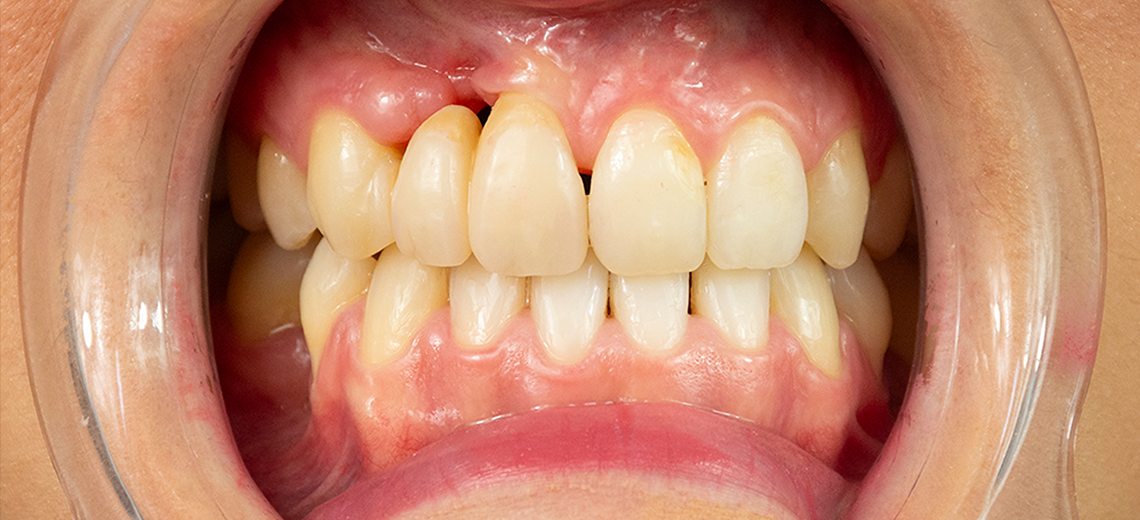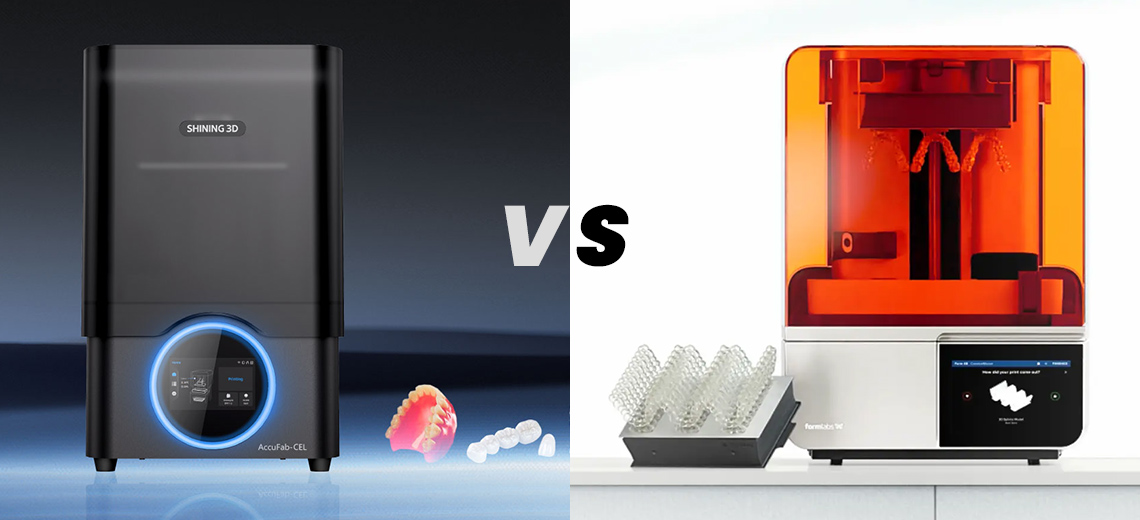The digitisation of dental production protocols is an increasingly discussed topic among professionals, whose laboratories or clinics are becoming more and more virtual.
Right now, this “drastic” but unavoidable change creates many concerns, involving almost the entire dental sector, since most of the experts are sceptical about the real achievable precision of those tools.
The virtual production management is constantly gaining the upper hand on the physical contact, which is why the professionals involved in the production of medical devices with their own hands are understandably doubtful.
“Does the scanner accurately reproduce the details and edges like the plaster? Can there be distortions or inaccuracies during the digital workflow?”
Questions like these are on the agenda.
This case study, realized thanks to the collaboration of Dental Laboratory of Giuseppe Vallarelli and Dental Clinic The Excellence Srl, shows as the digitisation of a part of the workflow brings huge advantages in the timeline optimisation concerning the realization of the refractory feldspathic veneers, probably one of the best examples of precision in dental field.
As a result of the numerous requests from dental laboratories, the need to digitize a part of the dental workflow comes from the mdt. Giuseppe Vallarelli to improve the efficiency of his laboratory in quickly making refractory feldspathic veneers, without compromising their aesthetics.
It is well known that this kind of manufacture is still considered the best expression of dental craftmanship and that, indeed, the preparation time of the models is rather long. The aim is to lead the dental technician into the ceramization process of the veneers almost immediately, after receiving the dental impression, totally bypassing the realisation of Geller models.


After receiving the impression from the dental practice, we scanned it using the lab scan AutoScan DS-MIX (with no spray), turning it into a digital mesh.
The supervision of mdt. Giuseppe Vallarelli has been essential, seeing as he directly and carefully overviewed the generated mesh accuracy and, above all, as he was able to evaluate the finish line edges, focal point for the success of the veneers.


Through this scan, it was possible to create the virtual model with removable stumps, promptly printed by using the Accufab-D1.




At the same time, we poured a plaster model as the master one to verify its precision, comparing it to the 3D printed dental model.


After only an hour, the mdt. Vallarelli had at his disposal the designed model, the master model and the dies ready to be replicated in refractory material. The duplication turned out to be faithful and fitting as much as the 3D printed model.

Through these simple steps we have been able to switch from the impression to the ceramization process in just two working hours. Barring downtime, the time taken by the dental technician is significantly reduced to about half an hour.
After ceramization phase and finishing, the veneers have been released from the refractory material and fitted on the dental model by means of the 3D printed dies, verifying fit, contact points and occlusion precision.


Afterwards, we placed the veneers on the plaster master model by performing the same checks carried out on the printed one to compare the result achieved between the digital and traditional workflow. The result was nearly identical, both in terms of fitting and marginal line accuracy.


To conclude this case study, we can state that nowadays technology is becoming increasingly a strong presence in the dental field. Despite misgivings, we can certainly prove its absolute precision compared to traditional processes.

I would like to thank The Excellence Srl dental clinic and especially the mdt. Giuseppe Vallarelli with his staff for sharing with us this interesting case study, for his time and for being a secure source of materials knowledge, which allowed him to lead us through this challenging experience in a constructive way.
The replacement of traditional materials with the next-gen ones speeds us the workflow, without having to compromise on quality and accuracy. This does makes evident that knowledge is the basic requirement in order to be able to combine new technologies and materials with work protocols.







